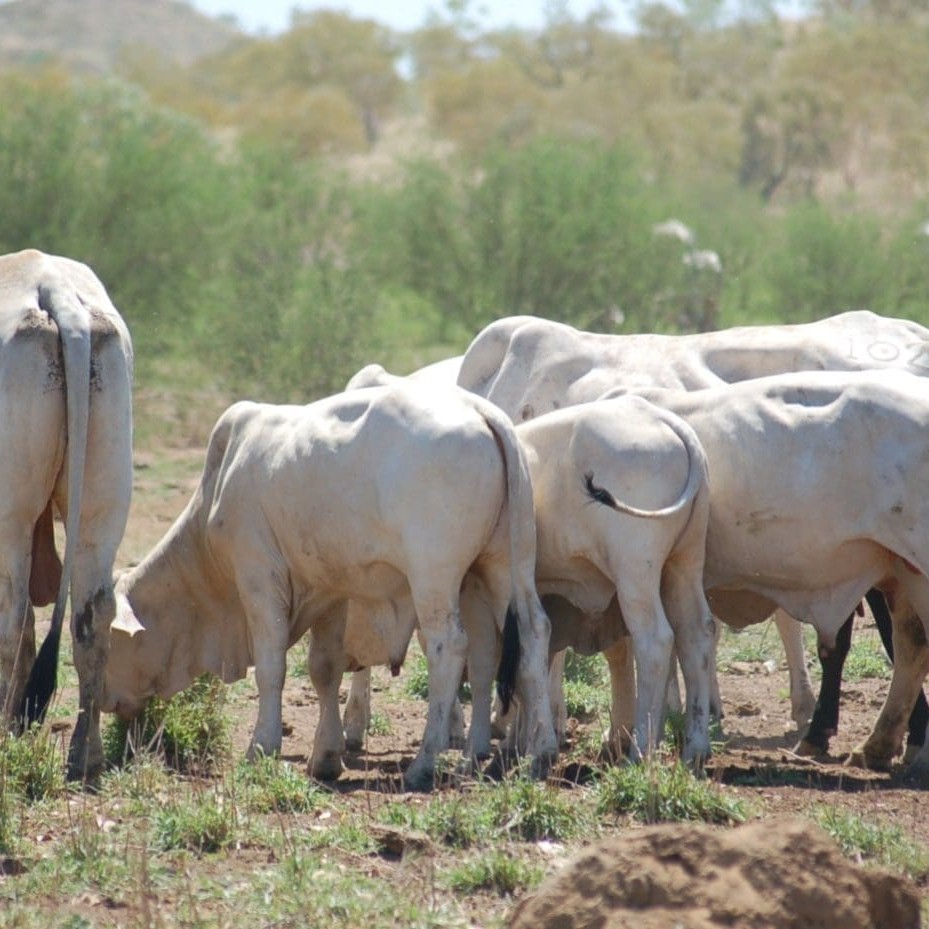 With northern Australia likely to produce more light steers and heifers for Indonesia than the market will have orders for this year, and southern lot feeders looking for an affordable supply of feeder cattle, does it make economic sense to match the two up in the current market?
With northern Australia likely to produce more light steers and heifers for Indonesia than the market will have orders for this year, and southern lot feeders looking for an affordable supply of feeder cattle, does it make economic sense to match the two up in the current market?
The short answer seems to be not yet, but it may well as the year pans out.
Indonesia’s plans to halve its annual cattle imports this year means that large numbers of light bos Indicus cattle produced for the market are likely to require alternative markets this year, and most likely within Australia.
The numbers are potentially significant, amounting to as many as 200,000 plus if Indonesia holds firm to its announced 283,000 quota limit for the year.
Many feedlots will be keeping at least one eye on the northern cattle situation to see if it presents a potential source of supply as the year unfolds.
Whether it does will depend on a variety of factors, most of all the price of northern cattle, which could rise or fall depending on whether Indonesia raises or lowers its import permits for the next three quarters.
There is a strong expectation that second quarter permits will be announced this week, and the popular money is on a figure of around 120,000 head.
If confirmed that level would represent a welcome increase for northern producers and exporters compared to the 60,000 head quota issued for the first quarter, and would inject some confidence that Indonesia may require more cattle than it has previously indicated for 2012.
As northern producers contemplate their marketing options for 2012, one big factor in their favour is that once again they have grass and are unlikely to be under seasonal pressure to sell. Most are in a position to wait and see what Indonesia does next before looking at other options.
Another obvious factor that would weigh heavily on assessments of shifting northern cattle south involves the hefty freight component. At anywhere between $100-$200 per head or more depending on distances involved, the freight cost alone can quickly negate any advantage that lower dollar per head cost of northern cattle may present in direct comparison to southern cattle.
At less than 350kg in weight, northern cattle bred for Indonesia would also require further backgrounding on grass to reach viable feedlot entry weights.
While differing views exist as to the suitability of northern bos Indicus cattle for feeding programs, lot feeders such as Jason Shearer Smith at Queensland’s Smithfield Feedlot at Proston says there is no doubt they can be successfully and viably fed.
As always, it simply came down to the numbers.
“What it does tell you at the moment is that, whatever the prices are up there and whatever the prices are out the other end, the equation doesn’t work,” Mr Shearer Smith told Beef Central when asked if sending northern cattle to southern feedlots presented a viable option on current prices.
“But the concept you are talking about, it will happen.
“All feedlots are monitoring where they can buy cattle and what’s going on, as soon as the numbers work, they will be into it.”
Northern producers have been realigning their marketing strategies in the wake of the Indonesian permit cutbacks, with more taking the view that some cattle will go north and some will have to go south this year.
Rejuvenated supplies of grass and further floods in the channel country suggest that most cattle that do not go to Indonesia will be carried on as heavy feeders or grassfed bullocks.
Barry Groves from Landmark in Katherine said that with first round musters likely to begin in three to four weeks time, most producers were waiting to see what happens in Indonesia.
“By the time the season dries out we should have news about the next round of permits, I don’t think anyone is panicking too much just yet,” Mr Groves said.
“There are cattle going south into feedlots, but mostly the heavier cattle, the 350kg to 420kg milk to four tooth cattle.
“There are people doing a lot of homework on it as we speak, but most of the time it comes to a dead end except for a handful here and there.”
The high transport expense also meant that cattle usually had to be transported as younger, lighter animals to achieve the efficiencies involved to make freight costs viable.
After a dry spell at the start of the year most producers in the Katherine region now had adequate feed and would start mustering soon, Mr Groves said.
